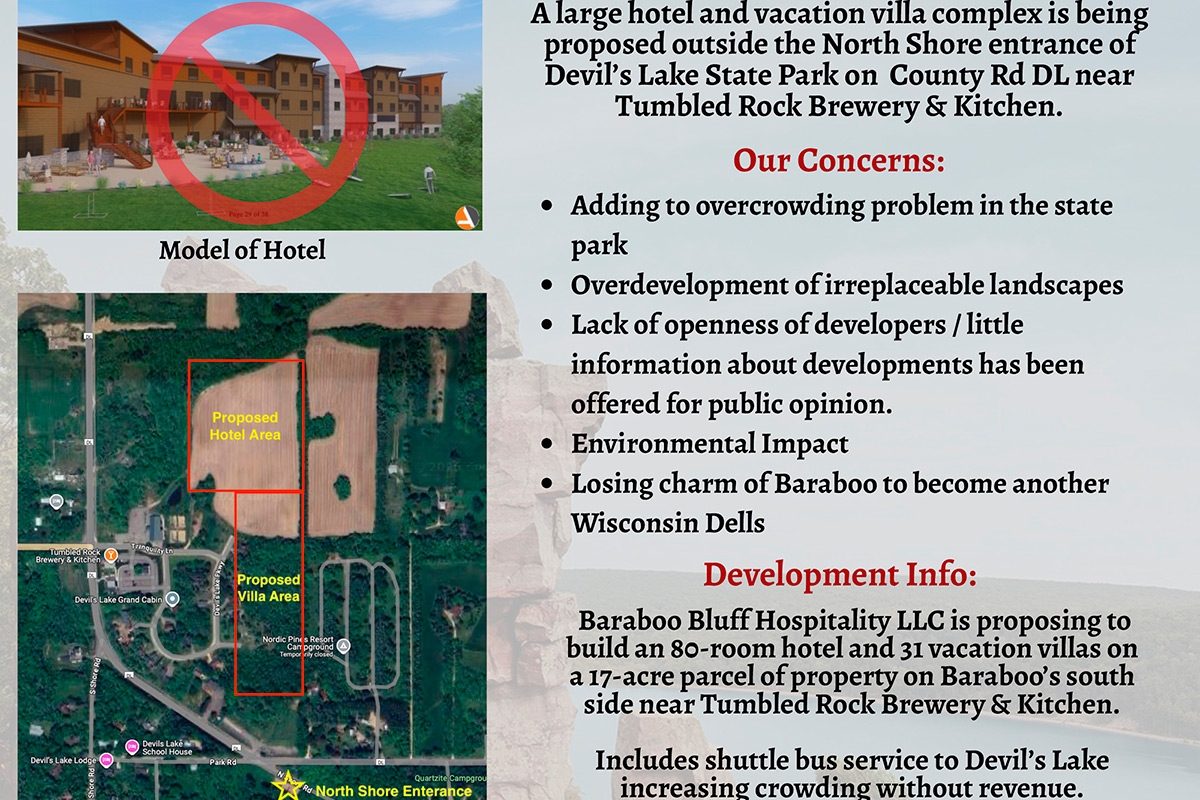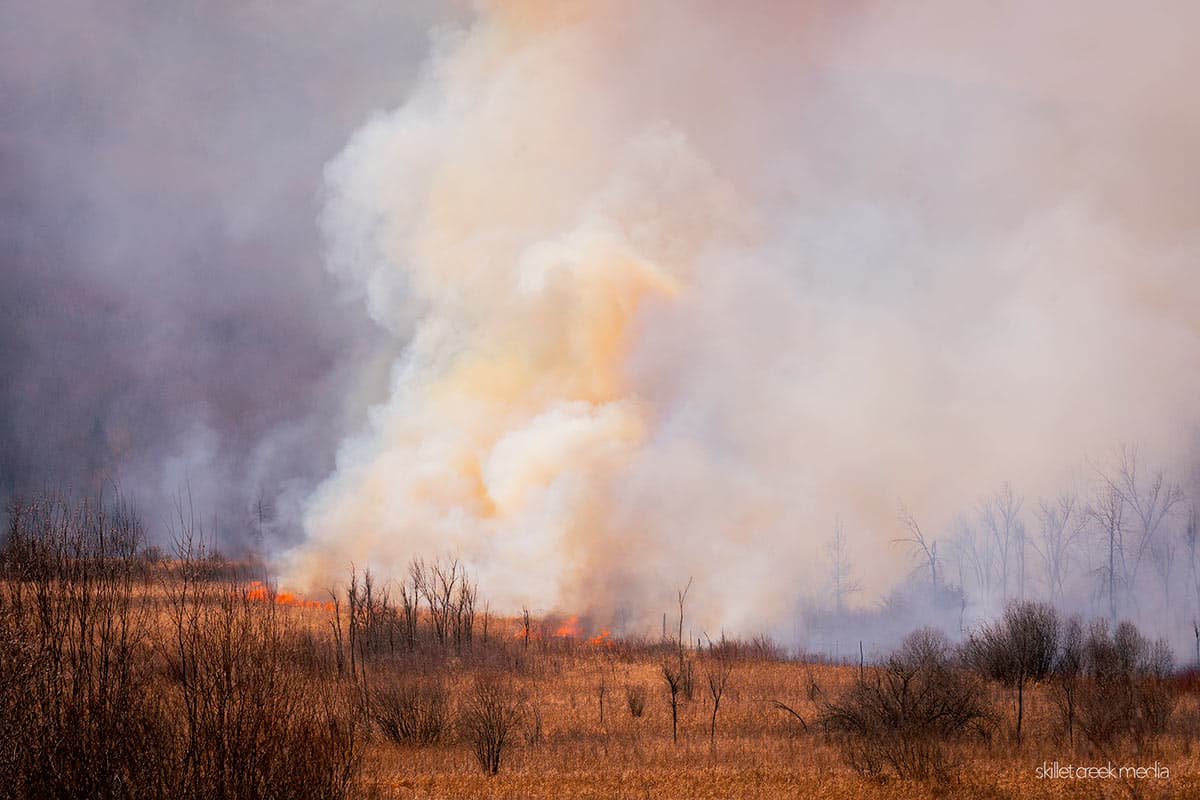A controversial large-scale lodging project has been proposed just outside the north entrance of Devil’s…
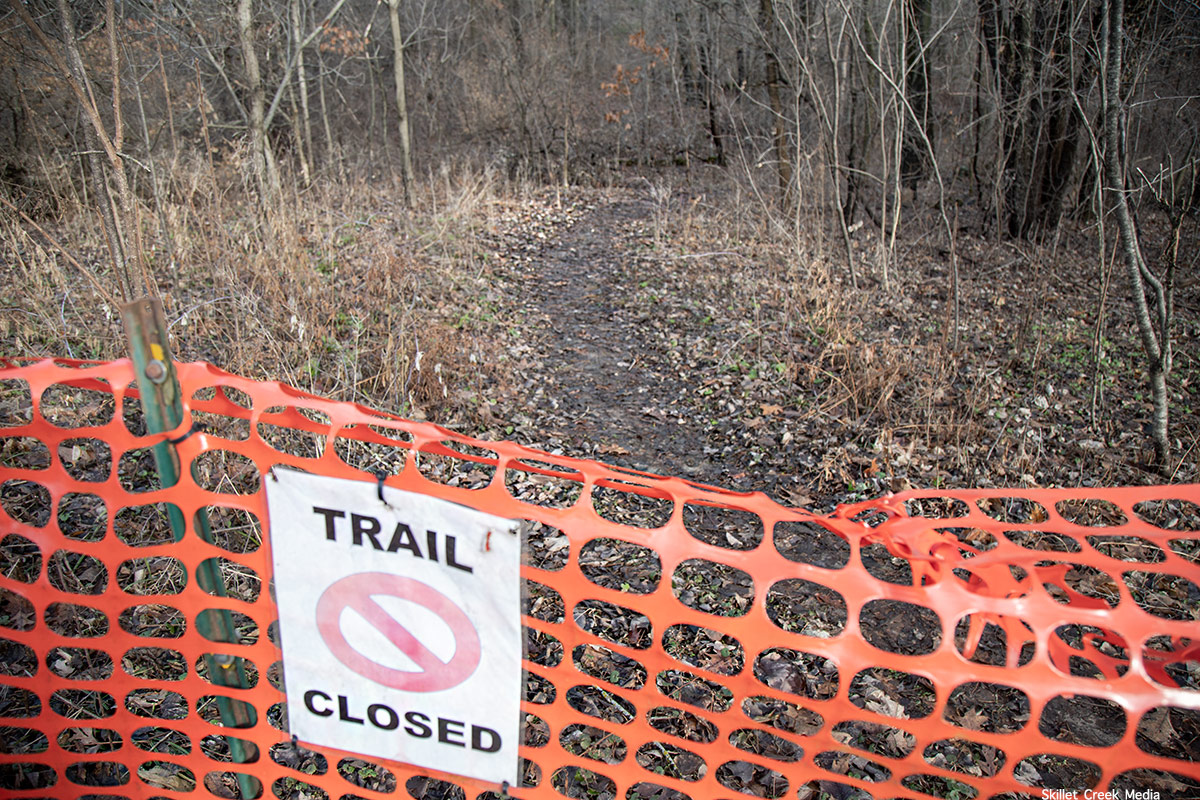
Update (Feb 13th, 2020) – About 15-20 folks attended last evening’s Friends of Devil’s Lake State Park meeting to discuss Master Planning for Devil’s Lake State Park. There are many details to discuss and many more meetings and public comment opportunities to come.

One hopeful takeaway is that your concerns (and mine) are pretty much everybody’s concerns and in the end, hopefully, solutions to current issues will become part of the final “master” plan. Most all the issues I brought up in the original post (below) were brought up by others at this meeting.
Previous Blog Post
The Devil’s Lake State Park Friends group is holding a member’s only meeting tonight (Wednesday, February 12, 2020) from 5 pm to 8 pm at the City of Baraboo Municipal Building to get feedback from members on upcoming DNR master planning for the park. Considering the last master plan was done in the 80s, it’s well past time to look at the big picture. So with that in mind here are a few things that have stood out to me.
If You Are Not A Reader, scroll for the green bits!
Building & Parking & Trash, Oh My!
Most conversations I hear about the park these days are about visitor numbers, trash, and the proposed interpretive center. Yes, the park simply has many more visitors each year, than the staffing, roads, buildings and parking areas can handle. We all know this to be true, it’s not a contestable opinion. But, does that mean we add more parking lots or do we limit use to the number of stalls we have? Do we build more buildings or make better use of the ones standing now? Do we add more campgrounds? Do we need more retail spaces? Equipment rentals? Coffee shops? Wedding and conference centers? Pontoon boat tours? More trails? Well, I know all of these things are on someone’s wish list. (One dude I know of has always envisioned a big visitor center on top of the west bluff!)
These are fine discussions, but we all know that story about building a house on sand, right? It seems to me that first, we need to understand what we’re building on. Then we can start planning the new additions. (That’s my spin anyway!) Part one of planning is knowing where we are now.
So with that in mind, here are some thoughts I’ve been having about the park today and in the future… (In no particular order.)
Real Numbers
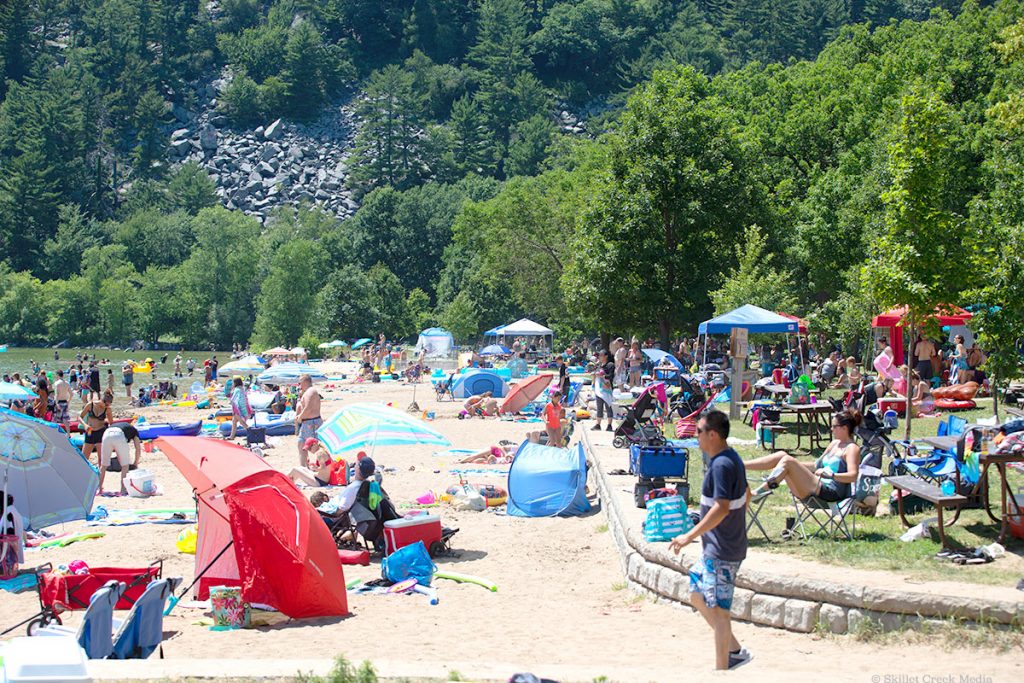
Personally, I’d start by trying to get an accurate look at the number of visitors the park actually has and then get some realistic projects of where it’s going. I just don’t buy the ‘estimates’ we’re seeing. Undercounting the number of bodies in the park will make all future planning inadequate. It’s not about sticker sales, but feet on the trails.
Step 1. Hire professionals to help the park get accurate visitor numbers and projections.
Staffing? What staffing?
Care about garbage & clean restrooms? Then, care about staffing.
Ok, so back in the ’90s Devil’s Lake State Park’s full-time staff was around 20 give-or-take. Today it’s what? 5 or 6 people? No wonder trails are falling apart, buildings have peeling paint, restrooms are broken, etc.. I’ll tell you one thing, a typical national park with visitorship in the millions will have well over 100 full-time staff, not to mention volunteers. Devil’s Lake cannot run well on a handful of full-timers.
Step 2. Meet the staffing needs of the park. No, seriously.
Environment & Wildlife
Back in the day, a park naturalist would’ve kept an eye on the environment and wildlife within the park. (Ken Lange was the watchdog for many years at Devil’s Lake.) Today, however, the job of the naturalist has changed. There is simply no one on the property responsible for monitoring the park’s environmental health and that creates long-term damage. Need an example? Let’s talk about beavers…
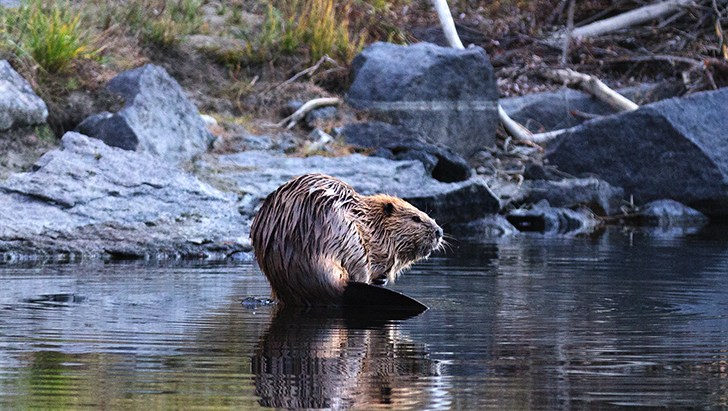
You can trap beavers at Devil’s Lake State Park. But, how many are there? Is there a sustainable population? Nobody knows! We do know that beavers used to maintain wetlands in multiple locations around the park, and it’s clear those resident populations are now gone. There are still occasional “chews” but the wetlands have filled in with invasive plants. Now there are less of the birds and animals that called these wetlands home. What’s going on? Well, I asked and the DNR simply does not look at the 10,000-acre property specifically. So if an animal is beneficial to the park’s environment or has been eliminated from the park, there’s no one in place to say so and do something about it. As is the case with the beavers, the resulting problem is the environment and other species suffer, further degrading the park.
We could talk about populations of deer, coyotes, and foxes and their relationships to CWD, ticks and Lyme disease. Then there’s the crashing bat population… Oh, and dog walkers in the great blue heron rookery?? Seriously? AND I could go on.. and on.
Step 3. Prioritize the environmental health of the park. Survey wildlife populations. Identify and define current problems with invasive plants, water quality, etc. In this day and age, Devil’s Lake needs a clear conservation and restoration plan.
Trails! OMG!
Devil’s Lake State Park’s trails are in poor condition. One is closed due to erosion damage, others probably should be. I won’t bother to itemize this all now. Suffice to say, the current trails are under a lot of pressure, and the park has not or is not capable of responding to its trail maintenance needs. Various volunteer groups have worked on sections, but honestly, we’re all patching a systemic problem and losing ground.
Step 4. Fix The Trails! If you can’t fix them now, don’t “envision” new trails that we can’t maintain.
*Yes, Devil’s Lake State Park does need a single-track bike trail. I agree. (See above!)
Respect Indigenous Culture & History
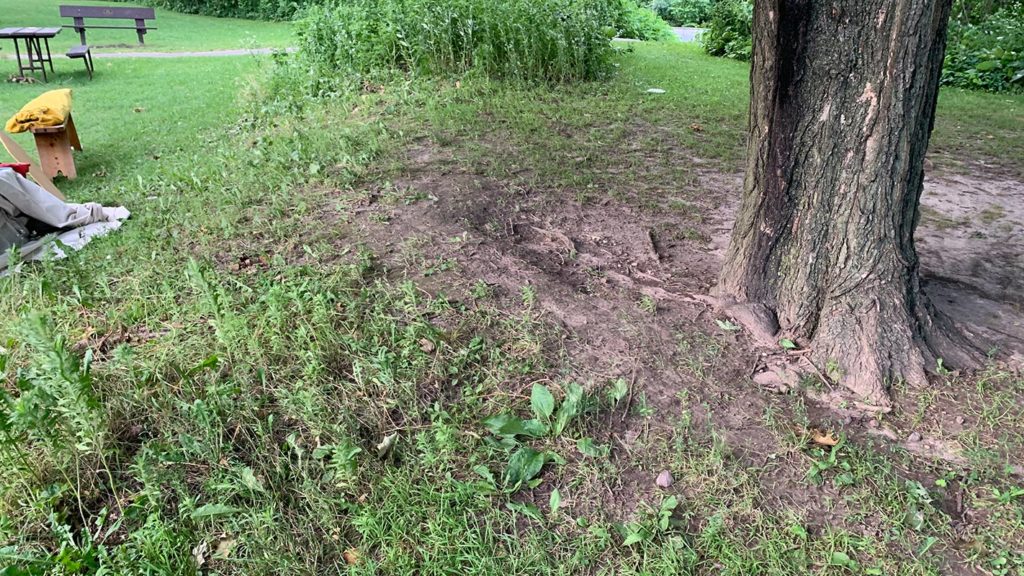
Devil’s Lake State Park has not fully taken on board it’s responsibility as a protector of the sacred sites within the park’s boundaries. The current plan for protecting the mounds does not accommodate high traffic areas such as Devil’s Lake. We need to do better here. In addition, historical sites are languishing in the weeds all over the park and need serious attention.
Step 5. The effigy mounds need better protection in this busy location and better interpretation. Historical sites scattered throughout the park also need identification, protection and interpretation as well.
But wait, there’s more!
There’s so much we can talk about as we “master plan” for our park and I’m sure we’ll get there. Today, I just touched on a few issues simply so they don’t get lost in the push for services and buildings. We need to keep this one question at the forefront of each conversation going forward; Why build more of what we can’t staff or take care of now? Any good answers? That’s the big problem going forward.
What are your thoughts and priorities heading into Master Planning?

For nearly 2 decades the Skillet Creek blog has focused on 3 main goals; To inspire you to visit and explore the Devil’s Lake region, to help you get the most your visit by sharing tips, events, and other helpful information. Lastly to advocate for our environment & wildlife and talk about how we can keep our natural areas amazing now and into the future! That last goal can sometimes cause controversy, but it’s the only way we can accomplish the first two. – Derrick Mayoleth, Owner.

